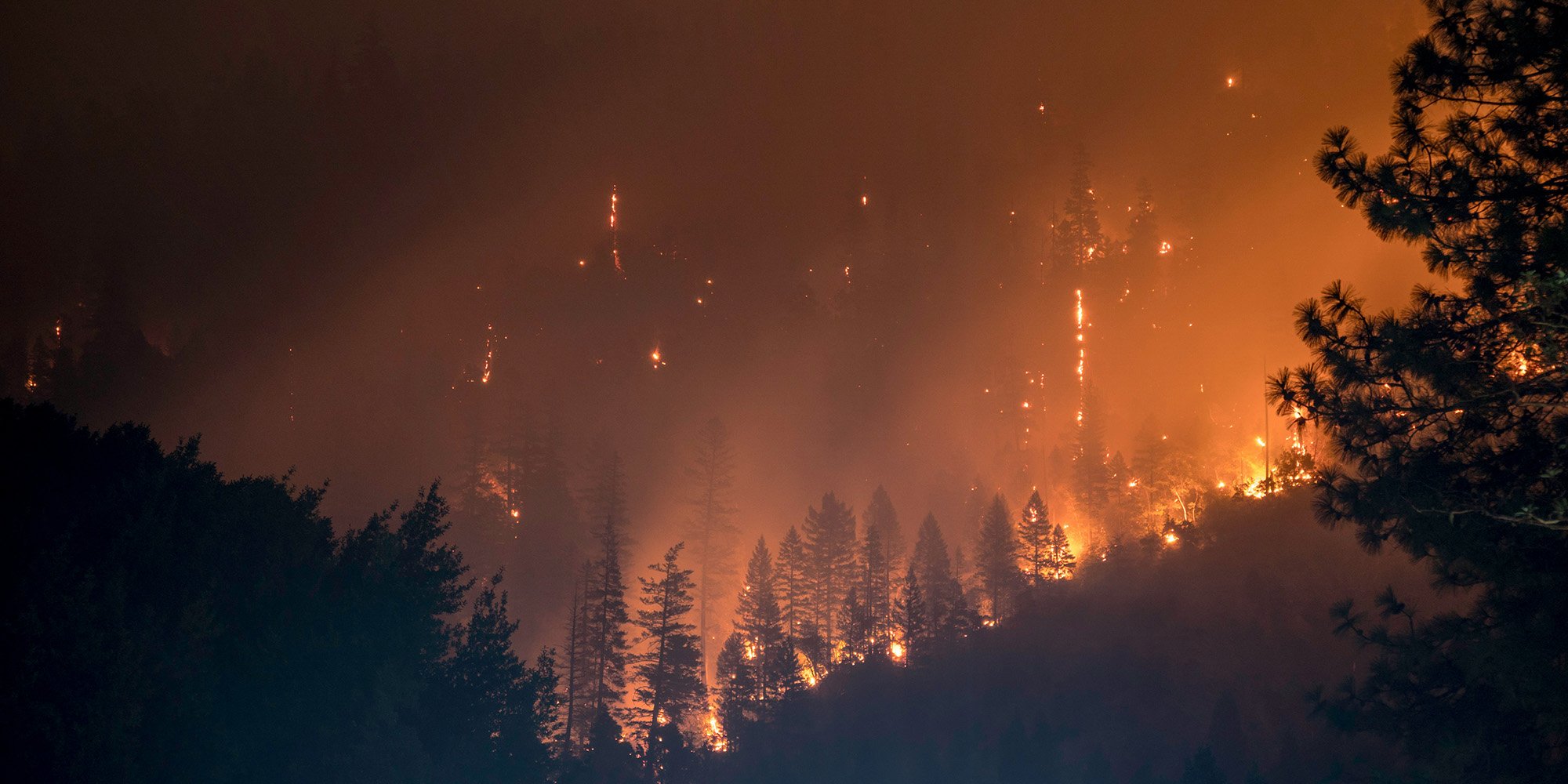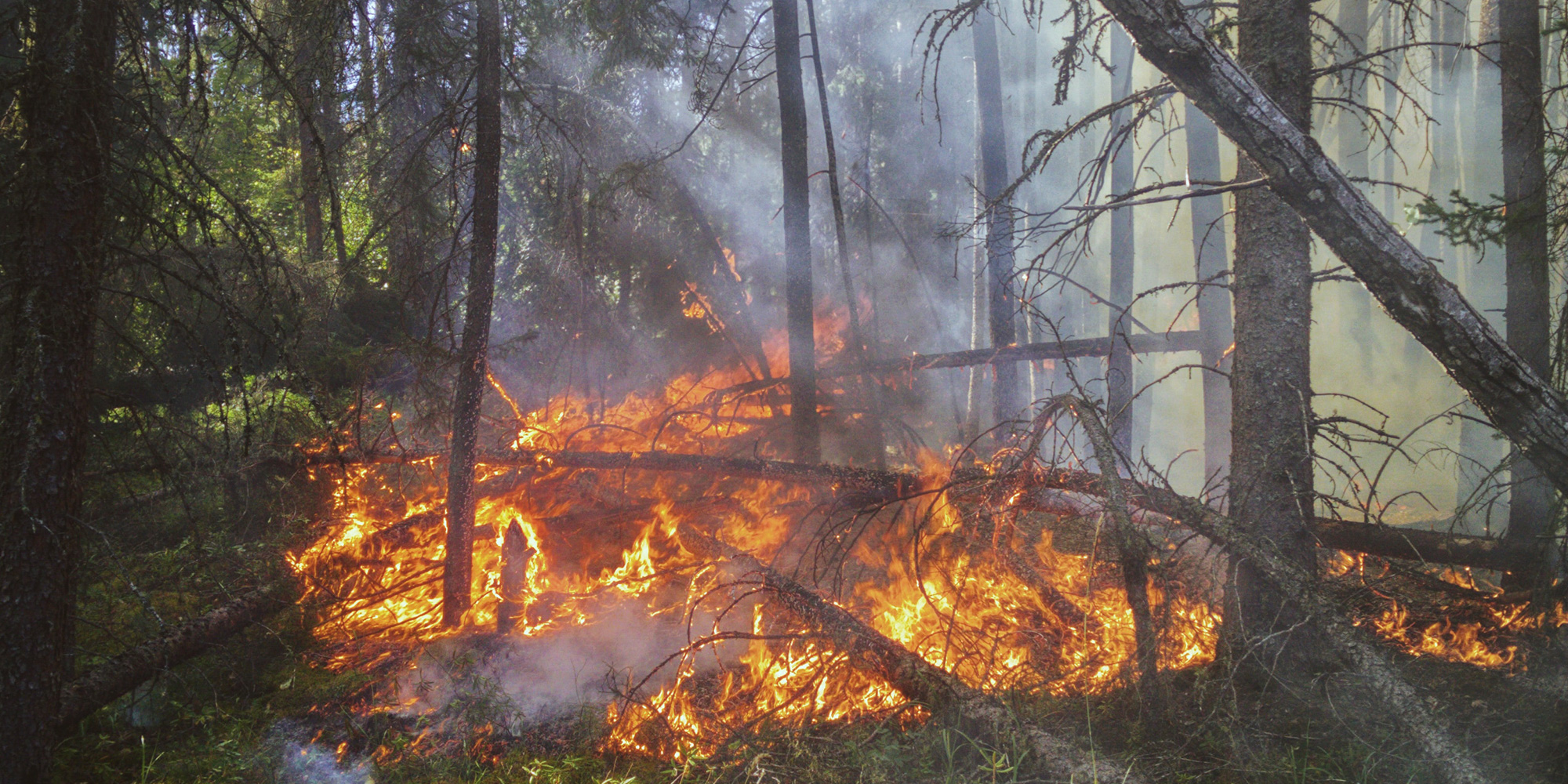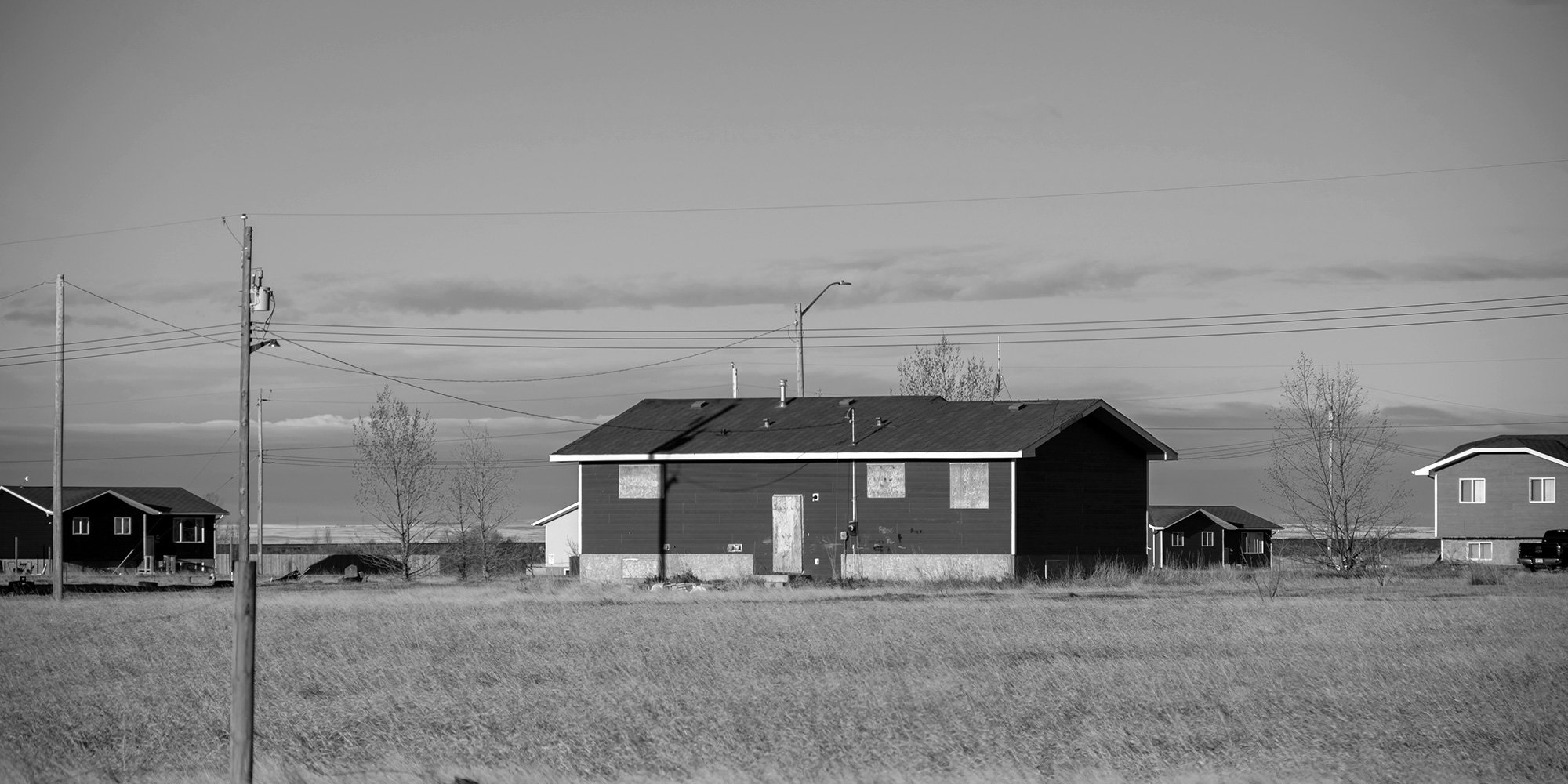Forest Fires and Indigenous Communities
The severity and impact of forest fires dominate the headlines every summer. In 2016, the Fort McMurray, Alberta, wildfire invoked the largest mass...

The impact of climate change has been felt across Canada as unprecedented heat domes, atmospheric rivers, and forest fires ravage the landscape. It’s predicted that the coming decades will feature more extreme weather events as air and ocean temperatures increase, rainfall patterns change, and sea levels rise. Extreme weather events that trigger floods and fires cause significant, long-term disruption in the lives and livelihoods of impacted communities.
Floods on First Nation reserves are all too common. A recent study undertaken by the University of Waterloo in Ontario found that 98.3% of Canada’s 809 populated reserves have a level of flood hazard exposure. [1] It’s not uncommon for these communities to be located on a floodplain, making them much more susceptible to being evacuated regularly due to frequent floods. Repeated flooding further decreases the livability of the already substandard on-reserve houses.
The Kashechewan First Nation in Ontario has endured almost annual evacuations due to floods since being forcibly relocated in 1957 to its current location on the low-lying ground at the mouth of four waterways.
Forest fires also pose a significant risk for many Indigenous communities.
In Canada, 5% of the population identifies as Indigenous — First Nation, Métis or Inuit — with an even smaller percentage living in predominantly Indigenous communities. Yet more than 42% of wildfire evacuations have been from communities that are more than half Indigenous, said Amy Cardinal Christianson, an Indigenous fire specialist with Parks Canada. . . A recent analysis of the Canadian Wildland Fire Evacuation database found that 16 communities were evacuated five or more times from 1980–2021 — all but two of them First Nations reserves, said Christianson, who participated in the analysis by the Canadian Forest Service. [2]
Canadian wildfires hit Indigenous communities hard, threatening their land and culture, AP News
A case in point is the Lytton First Nation in British Columbia, where in 2023, residents had to flee a second record-setting blaze two years after a fire in 2021 destroyed much of the community.
Evacuations due to floods or forest fires affect everyone, but as we’re writing about Indigenous Peoples, our focus is on the repercussions they experience.
Relocating temporarily to distant communities has long-term impacts on the mental and physical health of evacuees:
- Long-term evacuation, particularly for individuals dislocated from rural, remote and Indigenous communities and evacuated to cities, heightens risks of developing addictions.
- Long-term evacuation appears to be associated with increased chronic physical health conditions such as asthma and diabetes, and chronic infectious diseases such as tuberculosis and sexually-transmitted and blood-borne infections.
- Long-term evacuation seems to have an adverse effect on family dynamics, with notable increases in relationship break-down and intimate-partner violence.
- More extensive consequences of evacuation tend to fall on Indigenous peoples and communities due to colonization and structural inequities, and the cultural dislocation associated with geographic displacement. [2]
Additionally, for survivors of residential schools, being forced from one’s homes can mirror their experiences as children being forcibly removed to attend schools.
Climate change threatens First Nations, Inuit, and Métis peoples’ ways of life, resilience, cultural cohesion, and opportunities for the transmission of Indigenous knowledge and land skills, particularly among youth. [3]
Many remote Indigenous communities rely on their traditional territories as their primary food source, as they have done for millennia. Climate change reduces the availability of plant life for harvesting and forces animal migration patterns to change as the animals are forced to forage further from their natural habitat. These changes mean that Indigenous Peoples must adapt their hunting, fishing and food gathering practices, going further afield to harvest plants and berries, find game and harvest seafood. Cultural ceremonies and traditions, so closely connected to the land, are also affected.
There is increasing respect for Indigenous traditional knowledge and interest in working with Indigenous Elders and knowledge keepers to mitigate the impact of climate change and adapt to a new normal state. The Indigenous worldview that everything in life is interconnected can pave the way for a better approach to working with climate change and avoiding some of its more extreme outcomes.
One example of how this outlook contributes to an improved relationship with the natural environment is an Indigenous-led organization called Indigenous Climate Action that supports and connects Indigenous communities to drive climate change solutions. In an international initiative, Elders from Australia were invited to BC to share information on the practice of cultural burns to help regenerate native vegetation.
The return of traditional fire prevention practices is another promising way Indigenous Peoples in Canada and elsewhere are using to protect the land and local wildlife. The Pikangikum First Nation in Ontario is using historical knowledge in fire management planning for the boreal forest on their traditional lands, while the same is happening in BC on the Yunesit'in First Nation
In 2022, the Northwest Territories’ Łı́ı́dlı̨ı̨ Kų́ę́ First Nation identified a large tract of wetlands in the Sahtu region that is both culturally important and crucial for migratory birds. Although this acreage has gas and oil resources, it will be maintained as a conservation area under the protection of the First Nation.
Sustainable use of the land and its resources to ensure the future health of the environment is demonstrated in the Seventh Generation Principle, a traditional philosophy that guides many Indigenous cultures on decisions about the land and the environment to ensure sustainability for seven generations into the future.
The urgency of the global climate crisis has led to more partnerships with the goal of sustainability. A case in point is the collaboration between the Tŝilhqot’in Nation in BC and the University of Victoria’s Environmental Law Centre on a paper about protecting Indigenous cultural heritage resources on private land.
On a much larger scale, the Indigenous Clean Energy Global Hub promotes clean energy action worldwide via Indigenous leadership. The organization credits capacity-building in renewable energy in Canada in collaboration with Indigenous partners to help drive the country’s transition to clean energy. In turn, there is a move to replicate these efforts in other parts of the world.
Various levels of government are also entering into partnerships with Indigenous communities and other parties to manage and alleviate potential destruction from climate change. Nowhere is the urgency to address climate change more keenly felt than in remote and coastal communities where polar and sea ice is rapidly disappearing. Nain, Newfoundland, is one of 30 Innuit communities using a SmartICE program that takes real-time ice thickness measurements, pairing traditional knowledge with technology. This program is a coordinated community-government-industry-academic effort led by Memorial University of Newfoundland.
An essential component of effectively dealing with climate unpredictability is emergency preparedness, but many Indigenous communities have limited capacity to plan properly for emergencies of any magnitude. In response to this situation, the Assembly of First Nations has an Emergency Services Policy Sector that advocates for policy development and the associated funding, programs and services to assist communities that lack the needed infrastructure or have the added challenge of being remote.
Governments generally have fairly robust emergency preparedness plans in place, and, in some cases, this encompasses the needs of nearby Indigenous populations. Under Canada's federal policy for emergency management, provinces and territories are responsible for dealing with emergencies within their own jurisdiction, and most have related legislation.
BC is at the forefront of taking a distinctly proactive approach to reducing disaster risk and enhancing emergency preparedness and response. The province is presently consulting on the Emergency Management and Disaster Management Act, a modernized version of the Emergency Program Act. Integral to the Act is the recognition of the inherent right of self-government of Indigenous Peoples, including the authority to make laws concerning emergency management. This recognition is in accordance with the Declaration on the Rights of Indigenous Peoples Act, which requires the province to ensure provincial laws are consistent with the UN Declaration on the Rights of Indigenous Peoples.
Also noteworthy in BC is the Heritage Conservation Act, which encourages and facilitates the province's conservation and protection of cultural heritage property. Based on the Heritage Conservation Act Transformation Project (HCATP), the new legislation requires the representation of Indigenous voices when local governments engage in related planning activities, issue permits, and carry out enforcement.
Whether you are caring for evacuees, collaborating on environmental risk management, or developing climate action policy, informed and respectful dialogue with Indigenous Peoples will be an asset. We offer some courses to help you with your relationship-building process, consultation and understanding of the UN Declaration on the Rights of Indigenous Peoples:
[1] Leveraging Hazard, Exposure, and Social Vulnerability Data to Assess Flood Risk to Indigenous Communities in Canada
[2] Health and Social Impacts of Long-term Evacuation Due to Natural Disasters in First Nations Communities: A Summary of Lessons for Public Health
[3] Health of Canadians in a Changing Climate
Featured photo: Unsplash

The severity and impact of forest fires dominate the headlines every summer. In 2016, the Fort McMurray, Alberta, wildfire invoked the largest mass...

"cultural heritage resource" means an object, a site or the location of a traditional societal practice that is of historical, cultural or...

Indigenous People face the worst housing outcomes in the country. Hon. Marc Miller, Minister of Crown-Indigenous Relations [1] To understand the...